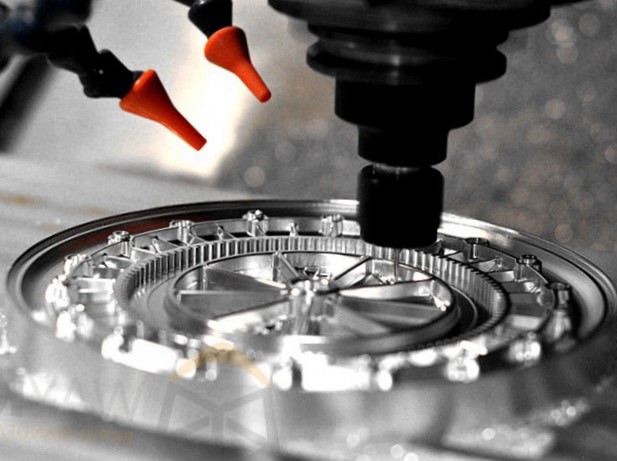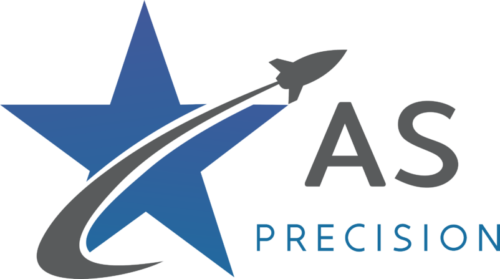If you're looking to get into CNC precision milling, this article on a beginner's guide will help you get started with the basics.

What is CNC Precision Milling?
CNC precision milling is a process that uses computers to control the movement of a milling tool, or machine tools, to create parts with extremely small details. This technology is often used in the automotive, aerospace, and medical industries to create precision parts from metals.
CNC precision milling can be used to create a wide range of parts, from simple shapes like circles or squares to more complex objects like car bodies or medical implants. In many cases, CNC precision milling can be faster and more accurate than traditional methods like machining.
How Does a CNC Work?
A CNC machine is a computer-controlled machine that helps with precision machining. A milling machine consists of three main moving parts: the head (the tool), the table, and the indicator. The head is typically a small rotary tool that moves across the surface of the workpiece. The table holds the workpiece in place and guides the head. The indicator shows the location of where the next cutting action will happen.
Safety Tips for a CNC
Precision milling is a sophisticated process that requires the use of sharp tools and clean parts. Follow these safety tips to help keep you and your machine safe:
- Always wear a safety mask when using a CNC machine. This will protect you from flying particles and other harmful materials.
- Always wear gloves when operating the machine. This will protect your hands from injuries caused by the machine's sharp tools and moving parts.
- Keep the work area clean and free of debris. This will help prevent injuries caused by slipping or tripping on objects in the work area.
- Use caution when moving the machine around the work area. Be sure to stay clear of moving parts and avoid touching them while in operation.
Conclusion
There are many benefits to using a CNC machine for milling. Some benefits are that it can produce high-quality parts quickly and easily, is versatile, and requires relatively little training to use.
